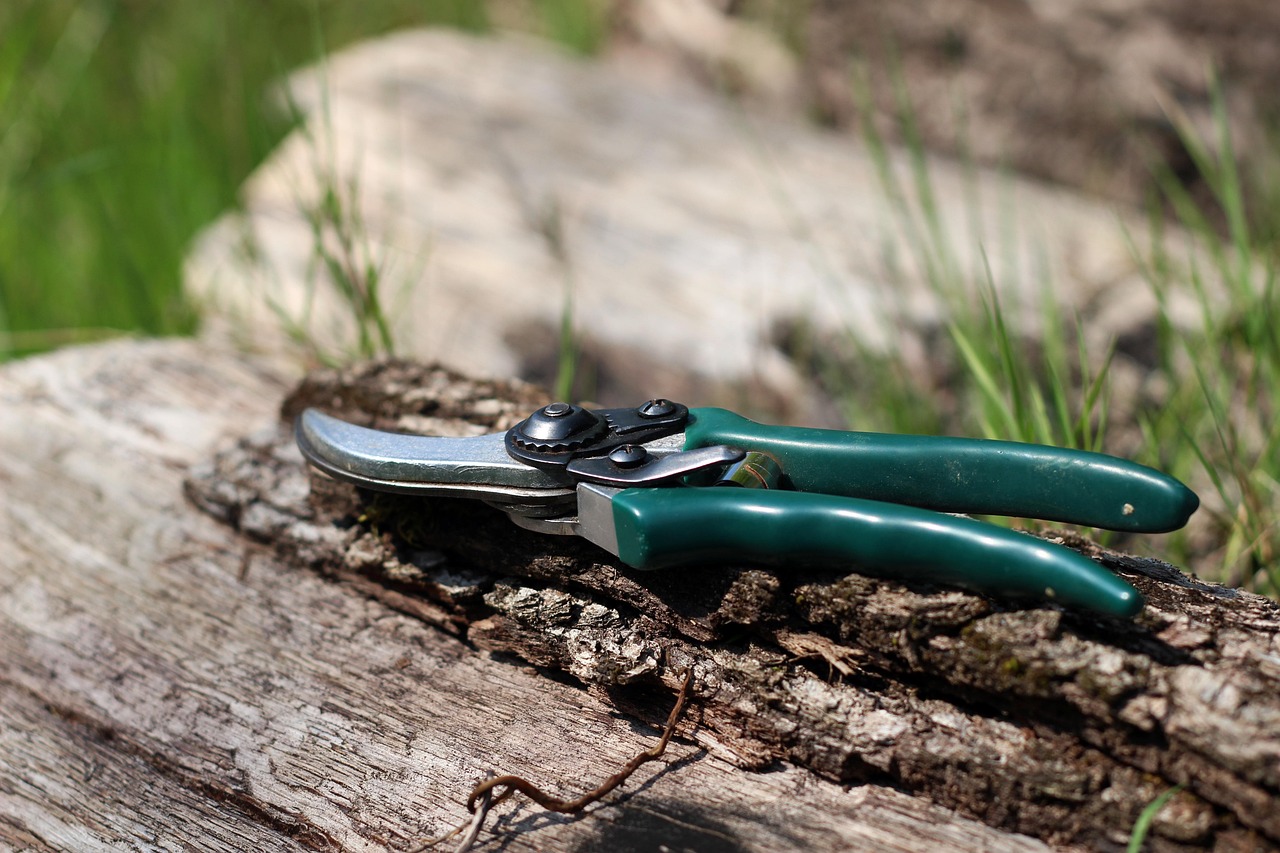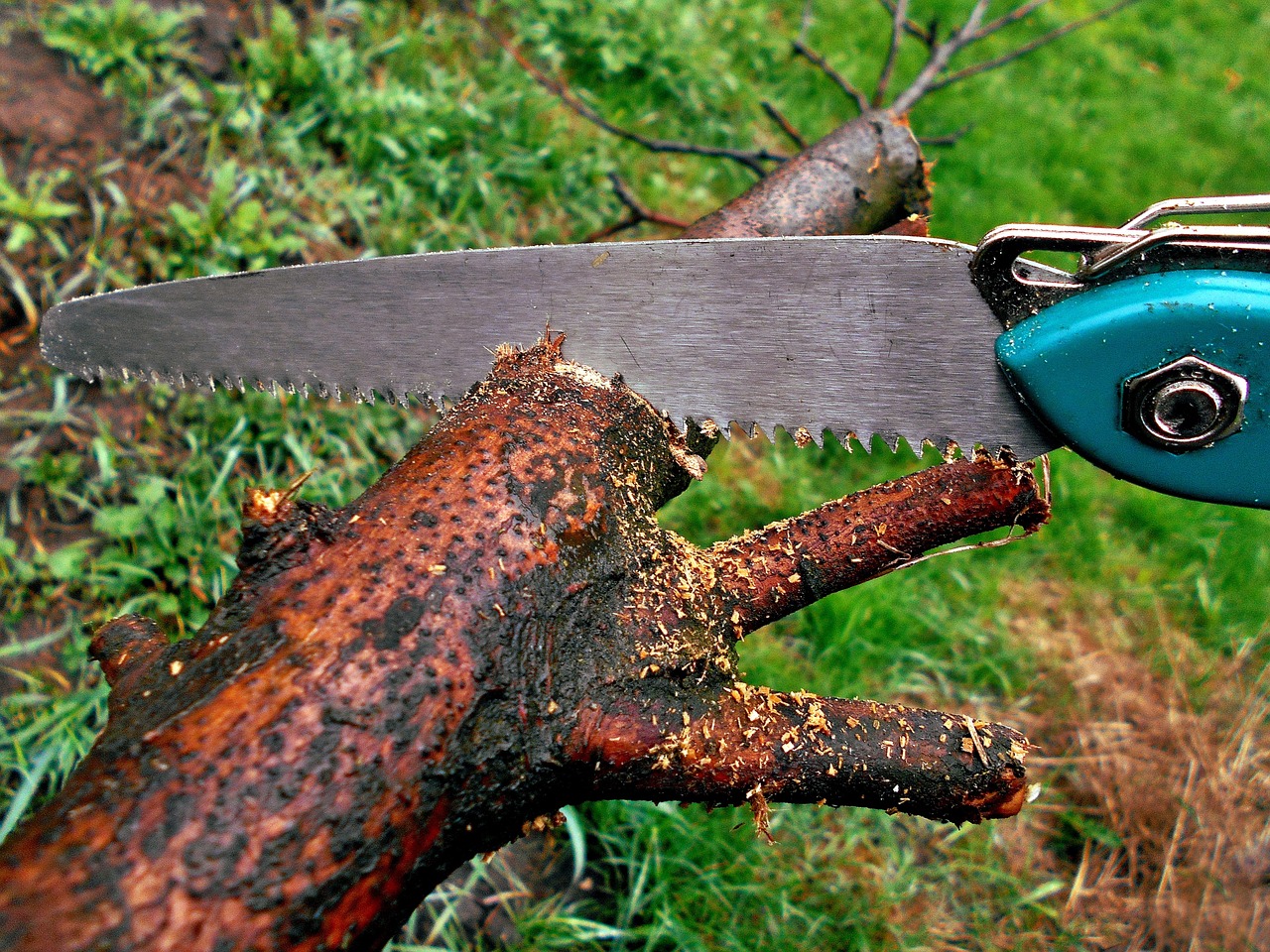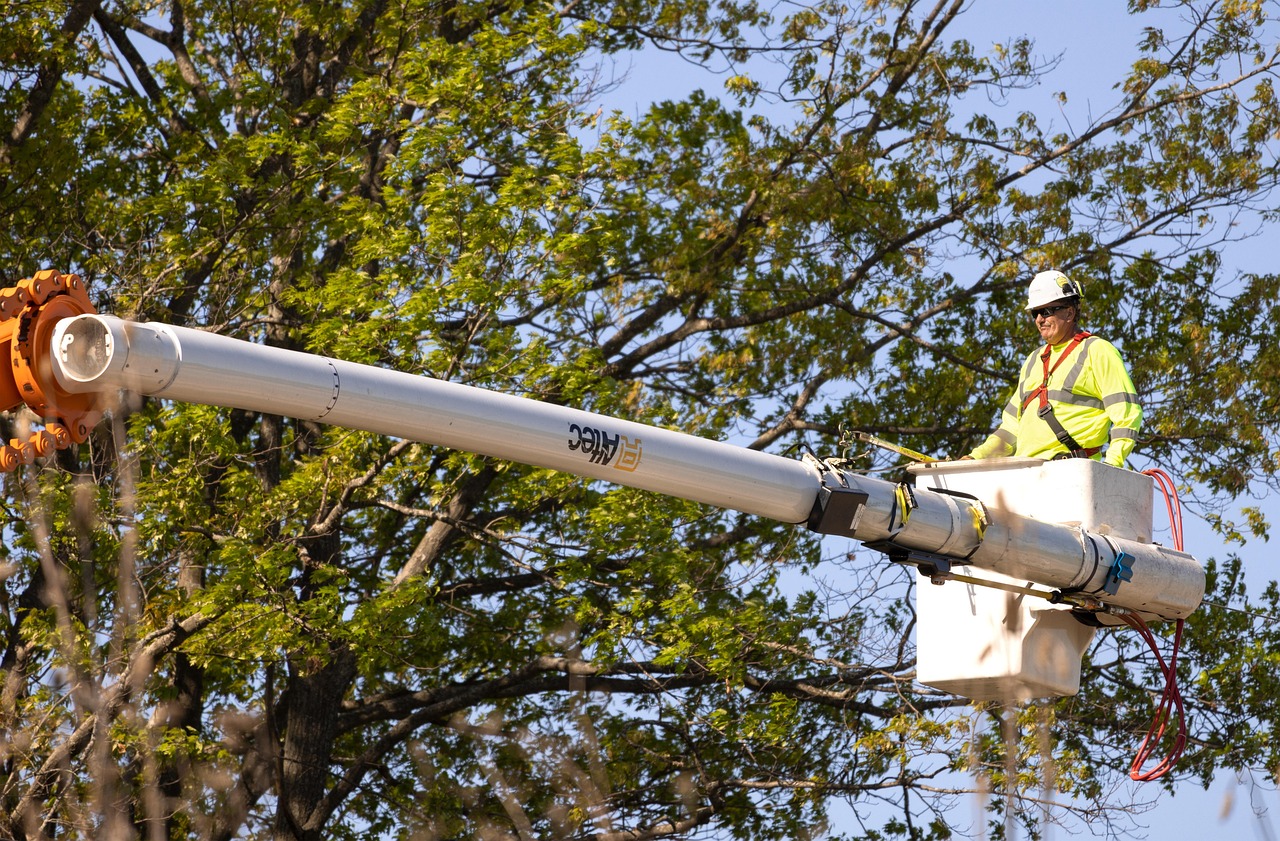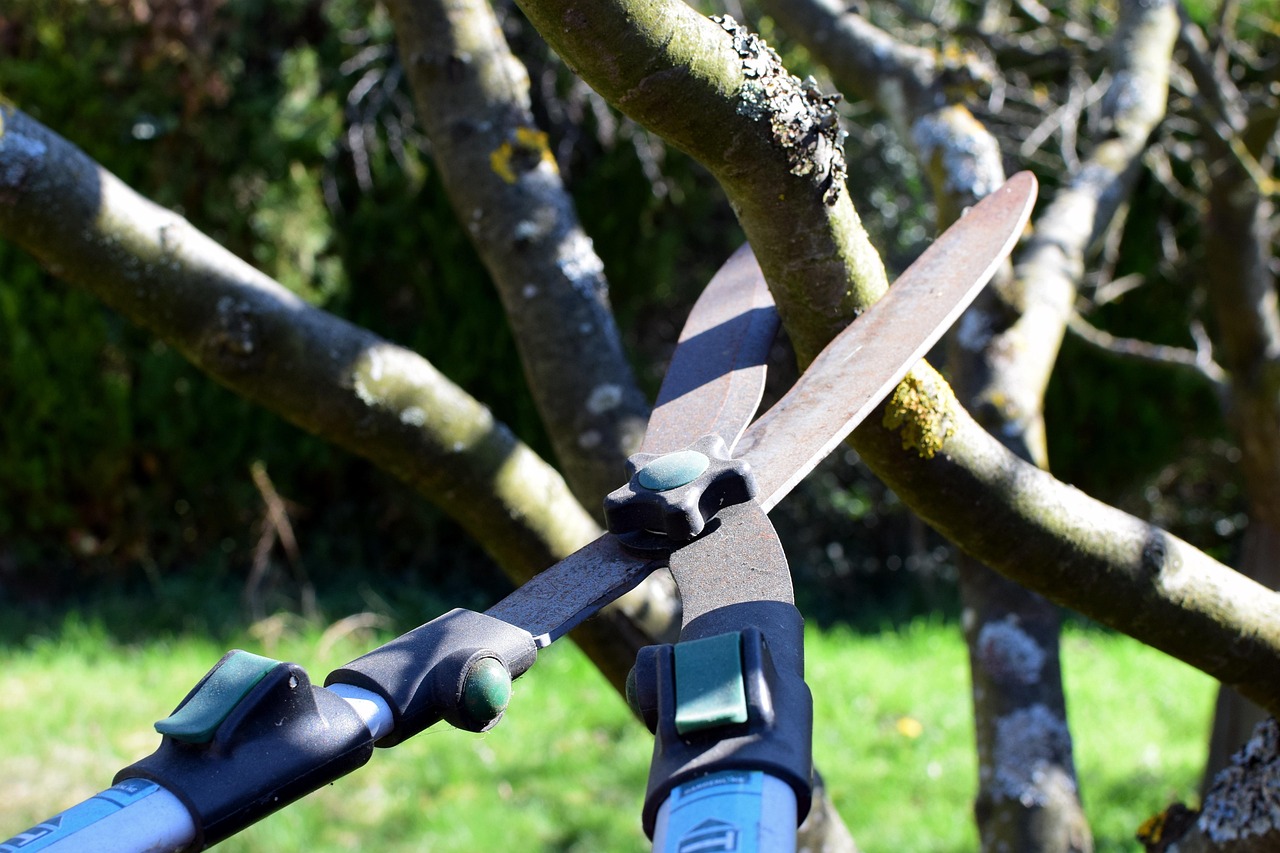Advanced techniques for pruning exotic trees involve understanding specific growth patterns, utilizing specialized tools, and applying strategic cuts to enhance health and aesthetics. Methods such as crown thinning, structural pruning, and formative pruning help in managing the unique characteristics of these trees.
Pruning is a fundamental practice in arboriculture. It not only maintains the health and appearance of trees but also encourages growth and maximizes yield. Exotic trees, which are species not native to a particular region, often require tailored approaches to pruning. Their unique growth habits can differ significantly from local species, making it essential to adopt advanced techniques.

Understanding the biology of exotic trees is crucial. Each species has its own growing patterns, flowering cycles, and vulnerability to diseases. By familiarizing yourself with these characteristics, you can make informed decisions about when and how to prune effectively. For example, some trees should be pruned in the dormant season, while others may benefit from pruning during active growth.
Key Principles of Pruning Exotic Trees
When pruning exotic trees, certain key principles should always be considered. These principles guide the process and ensure that the tree remains healthy and vibrant. Below are some essential principles:
- Timing: Prune at the right time based on the tree’s growth cycle.
- Tools: Use the appropriate tools to minimize damage.
- Techniques: Apply specific techniques suited for the tree species.
- Aesthetics: Consider the shape and form of the tree when pruning.
Selecting the right tools is vital in ensuring clean cuts and minimizing stress on the tree. Common tools include hand pruners, loppers, saws, and pole pruners. Each tool serves a different purpose, and knowing when to use each is part of mastering advanced pruning techniques.

Advanced Pruning Techniques
Several advanced pruning techniques can be employed to cater to the specific needs of exotic trees. Understanding these methods can significantly enhance your ability to manage these unique specimens.
Crown Thinning
Crown thinning involves selectively removing branches to increase light penetration and air circulation throughout the tree’s canopy. This technique is particularly beneficial for exotic trees that have dense foliage. By promoting better airflow, you reduce the risk of fungal infections and improve overall tree health.
Structural Pruning
This technique focuses on developing a strong framework for the tree. By removing weak or crossed branches, you help the tree maintain a stable structure as it matures. Structural pruning is especially important for young exotic trees as it guides their growth direction and overall shape.

Formative Pruning
Formative pruning is applied to young trees to establish a well-defined structure. This method is essential for exotic species that may grow irregularly without guidance. Formative pruning shapes the tree early on, ensuring a balanced growth pattern that reduces the need for corrective pruning later on.
Considerations for Specific Exotic Tree Species
Different exotic tree species may require unique approaches to pruning. Below is a table summarizing common exotic trees and their specific pruning needs:
| Tree Species | Optimal Pruning Time | Recommended Techniques |
|---|---|---|
| Bottlebrush (Callistemon) | Late winter to early spring | Crown thinning, light formative pruning |
| African Tulip Tree (Spathodea campanulata) | After flowering | Structural pruning, deadwood removal |
| Palm Trees (various species) | Year-round, but avoid during blooming | Crown cleaning, frond removal |
| Crape Myrtle (Lagerstroemia) | Late winter | Crown thinning, rejuvenation pruning |
By understanding these specific needs, you can apply the most effective techniques for each species, leading to healthier and more aesthetically pleasing trees. Additionally, regular assessments of your exotic trees will allow you to adapt your pruning strategies as they mature.

Incorporating these advanced techniques into your tree care routine will help ensure that your exotic trees thrive in their environment. Whether you are a homeowner or a professional arborist, mastering these practices is vital for successful tree management.
Understanding Tree Health and Growth Patterns
To effectively prune exotic trees, a deep understanding of tree health and growth patterns is essential. Each exotic species exhibits unique characteristics that influence how it should be pruned. Recognizing these traits allows for better decisions regarding pruning techniques and timings.
Tree health can be assessed through various indicators, including leaf color, growth rate, and branch structure. Healthy trees are generally vibrant, have a uniform shape, and show consistent growth patterns. Conversely, signs of distress or disease may include discolored leaves, dead branches, or stunted growth.
Signs of Tree Distress
Identifying signs of stress in trees is crucial for effective pruning. Below are common indicators that may suggest a tree requires immediate attention:
- Wilting Leaves: Leaves that appear limp or droopy may indicate water stress.
- Discoloration: Yellowing or browning leaves can point to nutrient deficiencies.
- Deadwood: Branches that are completely brown and brittle should be removed to prevent further decay.
- Pest Infestation: Visible pests or their damage can affect tree health significantly.
- Mushrooms or Fungi: Growth at the base or on the trunk may signify rot or decay within the tree.
Once these signs are recognized, it’s important to assess the overall health of the tree. A healthy tree can typically withstand more aggressive pruning techniques than one that is already compromised.
Pruning Techniques Based on Growth Patterns
Understanding the growth patterns of exotic trees is vital for selecting appropriate pruning techniques. Different species may have varying growth habits, which can impact how you approach pruning. Here are some key aspects to consider:
Growth Habit
The growth habit of a tree refers to its natural form and structure. Some trees grow tall and narrow, while others may spread wide. Here are common growth habits:
- Columnar: These trees grow tall with a narrow profile. Pruning should focus on maintaining height and removing lower branches to enhance vertical growth.
- Spreading: Spreading trees have wide canopies. Pruning should aim to thin out excessive branches to allow sunlight to penetrate the center of the tree.
- Weeping: Weeping trees have drooping branches. It’s essential to prune selectively to maintain their natural form without compromising their aesthetic appeal.
Seasonal Growth Patterns
The timing of pruning is heavily influenced by the seasonal growth patterns of the tree. Most exotic trees will fall into one of two categories: those that bloom in spring and those that bloom in summer or fall. The following considerations can guide your pruning schedule:
- Spring Bloomers: Prune these trees immediately after flowering to avoid cutting off next year’s blooms.
- Summer/Fall Bloomers: Prune before new growth begins in early spring to prepare the tree for optimal blooming.
The Role of Fertilization and Soil Health
A tree’s ability to recover from pruning is influenced by its overall health, which is closely tied to soil conditions and fertilization. Healthy soil promotes robust root systems, which support the tree’s recovery after pruning.
Soil Testing
Conducting soil tests can provide valuable information about nutrient levels and pH balance. Key factors to analyze include:
- Nitrogen (N): Crucial for leaf growth and overall vigor.
- Phosphorus (P): Important for root development and flower production.
- Potassium (K): Helps with disease resistance and overall health.
Based on soil test results, you may need to amend the soil with fertilizers or organic matter to ensure that your exotic trees have all the nutrients they need for recovery and growth.
Watering Practices Post-Pruning
Watering practices play a pivotal role in the recovery process after pruning. Proper hydration helps trees recover from the stress of pruning and encourages new growth. Here are some important watering considerations:
- Adequate Moisture: Ensure that the soil remains consistently moist but not waterlogged, especially during the growing season.
- Avoid Overwatering: Excessive water can lead to root rot, especially in poorly drained soils.
- Mulching: Applying mulch around the base of the tree can help retain moisture and regulate soil temperature.
Caring for your exotic trees involves more than just pruning; it requires a comprehensive approach that includes understanding their health, growth patterns, and environmental needs. By combining these elements, you can enhance your pruning strategy and ensure the long-term vitality of your exotic trees.
Pruning Techniques for Healthier Growth
Advanced pruning techniques are designed not only to shape the tree but also to promote healthier growth. These methods encourage strong branch development, enhance airflow, and minimize disease susceptibility. Below are several advanced pruning techniques that can be especially beneficial for exotic trees.
Selective Pruning
Selective pruning focuses on removing specific branches rather than thinning out large sections of the tree. This technique allows for better control over the tree’s shape and overall health. Here are some key benefits of selective pruning:
- Targeted Growth: Encourages the growth of healthy branches by removing those that are diseased or poorly positioned.
- Improved Airflow: Enhances sunlight penetration and airflow through the canopy, reducing the risk of fungal diseases.
- Minimal Stress: Causes less stress to the tree compared to heavy thinning.
Heading Cuts
Heading cuts involve cutting back a branch to a bud or lateral branch. This technique stimulates new growth from the cut area and can help manage the size of the tree. However, it should be used judiciously to avoid excessive growth. Key considerations include:
- Timing: Perform heading cuts during the tree’s dormant phase to encourage new growth in spring.
- Location: Make cuts just above a healthy bud to ensure that new growth emerges in the desired direction.
- Moderation: Limit heading cuts to prevent excessive branching and weak growth.
Advanced Tools for Pruning
The right tools can make a significant difference in the effectiveness of your pruning efforts. Using specialized tools ensures clean cuts, reduces damage to the tree, and enhances safety for the person performing the work. Here are some essential tools for advanced pruning:
Types of Pruning Tools
| Tool | Use | Best For |
|---|---|---|
| Hand Pruners | For small branches and precise cuts. | Thin branches up to ¾ inch thick. |
| Loppers | For larger branches and more leverage. | Branches up to 1 ½ inches thick. |
| Saws | For thicker branches or trunks. | Branches thicker than 1 ½ inches. |
| Pole Pruner | For high branches without a ladder. | Branches up to 2 inches thick, at heights. |
Using sharp and well-maintained tools is crucial. Dull blades can tear bark and lead to infection. Always clean tools before use to prevent the spread of disease among trees.
Techniques for Specific Exotic Trees
Each exotic tree species may respond differently to pruning techniques. Understanding these differences can help tailor your approach for optimal results. Here are specific techniques for some popular exotic trees:
Bottlebrush (Callistemon)
This tree benefits from crown thinning and light formative pruning. Key techniques include:
- Crown Thinning: Remove select branches from the interior to improve airflow.
- Deadwood Removal: Trim away any dead or diseased branches to maintain health.
Palm Trees
Palm trees require specific pruning methods that differ from traditional trees. The following practices are recommended:
- Crown Cleaning: Remove dead fronds and flower stalks regularly to maintain appearance.
- Avoid Excessive Cutting: Do not remove too many live fronds, as they are crucial for photosynthesis.
Crape Myrtle (Lagerstroemia)
Crape myrtles thrive with proper pruning techniques that enhance flowering:
- Rejuvenation Pruning: In late winter, cut back older branches to encourage new growth and prolific blooms.
- Crown Thinning: Trim excess growth to promote a more open structure, allowing light into the center of the tree.
Environmental Considerations
The environment in which your exotic trees grow significantly influences their health and response to pruning. Factors such as soil quality, climate, and competition with other plants must be considered:
- Soil Quality: Ensure that soil is well-draining and rich in organic matter.
- Climate Conditions: Be aware of local climate conditions, including temperature extremes and rainfall patterns.
- Nutrient Competition: Monitor nearby plants that may compete for nutrients and water, adjusting care practices accordingly.
Caring for exotic trees requires understanding their unique needs and characteristics. By applying advanced techniques tailored to specific species and environmental factors, you can promote healthier growth and ensure that these beautiful trees thrive in your landscape.
Best Practices for Maintaining Exotic Trees
Beyond pruning, maintaining the overall health of exotic trees involves implementing best practices that support their growth and longevity. Regular care and attention will enhance their resilience and beauty. Here are several best practices to consider:
Regular Monitoring
Consistent observation of your exotic trees can help catch potential issues early. Key aspects to monitor include:
- Foliage Health: Inspect leaves for discoloration, spots, or unusual growth patterns that may indicate disease.
- Branch Structure: Look for signs of weak or crossing branches that may require pruning.
- Pest Activity: Keep an eye out for insects or signs of infestation, such as holes in leaves or sticky residues.
By regularly monitoring your trees, you can take timely action to address any emerging problems before they escalate.
Proper Watering Techniques
Watering is a critical component of tree care. Exotic trees often have specific water requirements. Here are some effective watering practices:
- Deep Watering: Encourage deep root growth by watering thoroughly and infrequently rather than shallow and often.
- Drip Irrigation: Consider using drip irrigation systems to deliver water directly to the roots, minimizing evaporation.
- Seasonal Adjustments: Adjust watering frequency based on seasonal weather changes, ensuring trees do not become waterlogged during rainy months.
Fertilization Strategies
Providing adequate nutrients is essential for the health of exotic trees. A balanced fertilization plan should include:
- Soil Testing: Conduct soil tests to determine nutrient deficiencies and adjust your fertilization regimen accordingly.
- Organic Fertilizers: Use organic options like compost or well-rotted manure to improve soil structure and nutrient availability.
- Sustained Release Fertilizers: Apply slow-release fertilizers to provide nutrients over an extended period, minimizing the risk of nutrient leaching.
Mulching Benefits
Applying mulch around the base of exotic trees offers numerous advantages:
- Moisture Retention: Mulch helps retain soil moisture, reducing the frequency of watering.
- Weed Suppression: A layer of mulch can prevent competitive weeds from establishing around the tree.
- Temperature Regulation: Mulch helps maintain a more stable soil temperature, benefiting root health.
Final Thoughts
Pruning exotic trees requires a combination of advanced techniques, keen observation, and a solid understanding of tree biology. By employing methods such as selective pruning, heading cuts, and understanding species-specific needs, you can significantly improve tree health and aesthetics. Additionally, maintaining proper environmental conditions, watering practices, and fertilization strategies will support the growth and resilience of your exotic trees.
The care of exotic trees is an ongoing process that blends art and science. Each tree species presents unique challenges and opportunities for growth. Embrace the learning journey that comes with caring for these remarkable plants. With patience and dedication, you will cultivate beautiful exotic trees that not only enhance your landscape but also contribute positively to the ecosystem.
Ultimately, investing time and effort into understanding and applying advanced pruning techniques will lead to healthier, more vibrant trees. These efforts ensure that your exotic trees thrive, providing lasting beauty and enjoyment for years to come.
